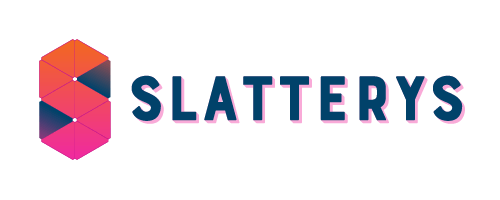

|
Streams |
|
» Adoption » Approaches and Practices » Build and Test » Design and Analysis » Innovation » Leadership and the Enterprise |
Adoption
Chairs:
Adoption of Agile within Australia and New Zealand has crossed the chasm and can now be considered mainstream for software development. The conversation has moved beyond "How we do Agile at our place" to new discussion pieces such as Agile transformation, Agile at scale, Agile within the business and so on. Sessions should invigorate attendees to review how they have or will adopt Agile into their organisations, for expample: We are looking for new and exciting presentations that take us beyond where we have been in the past. We are looking for new subject matter that may include the following but by no means is limited by these: Presentations should focus on some key takeaways for delegates and not tell a story of "Agile at my Place". New and different ideas are welcomed. Key lessons learned and what it took to get there and what others can look for. |
Approaches and Practices
Chairs:
Kim Ballestrin - Agile Engagement Lead, Telstra
Renee Troughton - Co-Host, The Agile Revolution; Founder, Unbound DNA The process, principles and practices as they apply to (approaches that are) both traditional Agile, such as Scrum and XP, and those that are more "edgy" Agile, such as Kanban, Lean, Cynefin and Lean Startups. Sessions should inspire attendees to further investigate and build their knowledge and/or capabilities of alternative approaches, practices and techniques. We are looking for interactive, engaging and passionate sessions for purist, first steps and hybrid approaches, practices and techniques/katas that are both Agile and "edgy" Agile related. These approaches provide the foundations for changing our ways of working and can include:
|
Build and Test
Chairs:
"Our highest priority is to satisfy the customer through early and continuous delivery of valuable software." - Agile Manifesto. Automated build & test practices and tools are what allow us to do this fundamental part of Agile software delivery. Without them, our projects will be doomed to long feedback cycles and dysfunctional working methods. This track is about digging deep into those core technical practices that allow us to be Agile: automated testing; build pipelines; devops & continuous delivery; software craftsmanship. We'll be discussing innovative tools and practices that allow us to build a strong technical foundation upon which we can base our software development. We're also going to get stuck into some emergent trends in software, and investigate what they mean for our projects. Things like evolutionary design; agile analytics; and the NoSQL revolution. |
Design and Analysis
Chairs:
This track is for those who are passionate about building great products and services. Our topics will focus on discovering, building and delivering the right product. Questions this track will attempt to answer: |
Innovation
Chairs:
Innovation is critical to organisations of all sizes in providing sustainable market position and game changing advantage. It wasn't long ago that Agile Development was considered maverick and innovative, in some organisations that is still the case, in others it is simply a part of the way they work. We are interested in exploring the topic of innovation and are keen to hear from innovators on what, why and how they changed the game in their organisation. In particular we are keen to hear about innovation at all levels e.g. opportunity recognition, business analysis, delivery processes, responding to customer feedback, culture change and beyond. Themes for discussion include: Business model innovation The pace of business change is speeding up exponentially. The amount of time a company spends on the Fortune 500 is down from 60 years to 15 and rapidly going down further. In industry after industry, giants are being humbled by upstart competitors who challenges traditional business models: newspaper, insurance brokers, music, book sales, retail, travel, consumer electronics etc. Can you iterate and innovate on your business model? Management model innovation Traditional top-down, command and control, hierarchical forms of corporate organisation are under stress due to rapid market and technology changes. The bureaucratic nature of these structures does not allow quick adaption to new market realities. Increasingly, top talent doesn't want to work in these environments. Can you innovate on your management model so that you can attract and retain top talent and respond to rapid economic and competitive changes? Does organisational culture impact business performance and innovation? Can you iterate on your management model to adapt to become more innovative? Product and service innovation More than 70% of new products and services do not survive beyond 3 years of their introduction despite a lot of new knowledge about product development and practices being published every year. Are there ways companies can link their product development to the market opportunities more effectively and bring new products to market quickly and consistently? Can innovation increase the chances of success? |
Leadership and the Enterprise
Chairs:
The emergence of Agile over the last decade has brought significant changes to work practices and the approaches taken in organisations. In light of these changes, this stream will explore what has and needs to change in our understanding of Leadership and the Enterprise. We invite practitioners from all walks of life to shed light on real-world challenges and share their success, horror stories, and insights on the changing nature of Leadership and the Enterprise. We are looking for innovative, thought-provoking ideas and discussions to be delivered with inspiration, passion and humour. |

